10 Best Adventures of 1998
By:
October 19, 2020
Twenty-two years ago, the following 10 adventures from the Nineties (1994–2003) were first serialized or published in book form. They’re my favorite adventures published that year.
Please let me know if I’ve missed any adventures from this year that you particularly admire. Enjoy!
- Daniel Clowes‘s apophenic graphic novel David Boring (serialized 1998–2000). As some sort of international conflict involving germ warfare looms menacingly, David Boring roams an unnamed city in search of the perfect woman. He falls in love with Wanda, whom he (mistakenly) believes is the very one he’s been seeking; however, she breaks up with him — and then a mysterious stranger shows up and shoots David in the head. He survives, with a small dent in his forehead, and ends up retreating with his mother, his roommate and friend Dot, and various others to a Boring family compound on the island Hulligan’s Wharf; terrorist gas attacks have contaminated the mainland, they are informed. Romantic hijinks ensue, with the result that Dot ends up running away with David’s cousin Iris, and his mother runs away with Iris’s husband — who may or may not have killed Iris’s mother. Back in the city, David encounters the man who shot him, as well as Wanda’s sister, Judy, a married woman whom he now believes to be the woman he truly needs. A federal agent shows up, who — obsessed with Iris — determines to frame Dot and David for murder. After other misadventures, the friends make their way back to Hulligan’s Wharf, where they hope to survive what may or may not be the end of civilization as we know it. One of my favorite aspects of the story is how David broods over specific panels in Golden Age comics written and drawn by his missing father; I find this extremely evocative. Fun facts: Asked to describe David Boring in a one-sentence sales pitch, Daniel Clowes said, “It’s like Fassbinder meets half-baked Nabokov on Gilligan’s Island.” The graphic novel was serialized in issues #19–21 of Clowes’s comic book Eightball, and appeared in collected form in 2000.
- Iain M. Banks’s Culture sci-fi adventure Inversions. Banks’s Culture — an interstellar, highly advanced and enlightened civilization whose Contact group observes less-civilized societies without intervening, but whose Special Circumstances agents sometimes scheme to speed up their social evolution — is here portrayed from the perspective of members of two such societies. Inversions can be read as a medieval-ish fantasy; those familiar with Banks’s other sci-fi books may suspect that two of its characters hail from the Culture. One of our two storylines concerns DeWar, bodyguard to General UrLeyn — who is leader of Tassasen, a Calormen-like realm on the other side of the planet. When DeWar isn’t protecting UrLeyn and his family from assassination attempts, he’s playing board games with Perrund, trusted advisor to UrLeyn (and former concubine) whose troubled past we slowly discover. DeWar’s stories of a magical land where “every man was a king, every woman a queen,” and where people enjoy a carefree and easy life in pursuit of knowledge and enlightenment, sound quite a bit like… the Culture. Our other storyline is narrated by the assistant to Vosill, a mysteriously capable, highly unconventional female doctor. Resentment towards Vosill, who supposedly hails from a country far from Haspidus, the Narnia-like kingdom where the story is set, builds as she nudges Quience towards permitting commoners to own farmland without the oversight of a noble, among other reforms. The “Doctor” storyline is something of a murder mystery, as various members of the court are offed mysteriously. Whodunnit? Fun facts: The initial hardback printing of the book contained a “Note on the Text” suggesting that Vosill hailed “from a different Culture.” The book’s epilogue notes that Vosill disappeared from a ship on which she was traveling, after declining an invitation to dine with its captain — citing “an indisposition due to special circumstances.”
- Joann Sfar and Lewis Trondheim, et al.’s Donjon comic-book series (Dungeon, 1998–ongoing). Herbert the Duck, Marvin the Dragon, Hyacinthe de Cavallere (the Dungeon Master), and the rabbit Marvin the Red are the central characters of the ambitious Donjon series, which now runs to some 30 volumes. The funny yet sometimes grim Dungeons & Dragons-esque saga, which spans various epochs (Early Years, Zenith, Twilight) and and spinoff series (Parade, Monstres, Antipodes), is set in and around a lethal Escape-the-Room-esque dungeon set up as a business… i.e., in order to attract adventurers who’d be killed, allowing the Dungeon Master to profit from their possessions. The humanoid duck Herbert possesses a magical sword — a parody of Elric of Melniboné’s Stormbringer, perhaps — that’s almost as troublesome to its possessor as it is to his foes. The Dungeon Master’s henchman, Marvin the Dragon, is a fierce warrior-monk and Herbert’s reluctant protector on many a quest and misdventure. French comics artists Joann Sfar and Lewis Trondheim dreamed up this scheme, and produced many of the Twilight and Zenith installments they’ve invited other talented friends — including Christophe Blain, Boulet, and Manu Larcenet — to participate, too. Endlessly inventive and surprising, an amazing accomplishment. Fun facts: “Dungeon comics — that’s a big inspiration for me and the crew who write on [Adventure Time],” Pendleton Ward has said. “Dungeon’s a great comic, and I look to it for the sort of casual conversation they have with the big fantasy world that they all live in.” Here’s a helpful guide to the series by Jeff VanderMeer.
- Dennis Lehane’s Kenzie and Gennaro crime adventure Gone, Baby, Gone. In their fourth outing, a fan favorite, Boston private eyes Patrick Kenzie and Angie Gennaro are hired to investigate the disappearance of a 4-year-old girl, Amanda — whose mother, they discover, is a barfly, TV addict, and negligent parent. Teaming up with Crimes Against Children (CAC) officers Remy Broussard and Nick Poole, Kenzie and Gennaro plunge into Boston’s underworld — following a trail that leads to their old classmate, Cheese, a drug dealer from whom Amanda, they learn, has stolen a large amount of money. The duo is aided, as in other stories, by a fellow Dorchester hoodrat, sociopathic gunrunner Bubba Rogowski. This is something of a morality play: Our heroes are forced to argue, with each other and within their own hearts, about what’s best for a child — to be raised in a stable environment, or by their own blood. A ransom demand leads the four investigators to the Quincy Quarries, where under cover of darkness a confused gun battle breaks out, leaving two gangsters dead, the ransom money missing, and a clue that suggests that Amanda may be dead. There’s a plot twist in which we discover that the good guys aren’t all good, nor the bad guys all bad. Things end inconclusively…. Fun facts: Preceded by A Drink Before the War (1994), Darkness, Take My Hand (1996), and Sacred (1997); followed by Prayers for Rain (1999) and Moonlight Mile (2010). The 2017 adaptation directed by Ben Affleck stars Casey Affleck and Michelle Monaghan.
- Jonathan Lethem’s sci-fi adventure Girl in Landscape. A coming-of-age story set on a distant planet, Girl in Landscape is as surreal, clever, and referential as Lethem’s previous novels — but emotionally more intimate and mature. For this reason, it’s some readers’ least favorite of his sci-fi novels; but it’s my favorite. The reference, this time, is to John Ford’s magnificent oater The Searchers — in which John Wayne scours Monument Valley in pursuit of his abducted niece. Pella Marsh, age 13, is among the first human settlers of the oceanless Planet of the Archbuilders, which has been mostly abandoned by its original inhabitants. Her ineffectual father, Clement, wants to build a community that includes both settlers and the remaining Archbuilders; other homesteaders are more xenophobic. Pella, who misses her recently deceased mother, not to mention her native Brooklyn, discovers that she and several other settler children have a rapport with the Archbuilders… which allows them to inhabit the bodies of the Archibuilders’ mutated pets. Lethem’s descriptions of the De Chirico-esque landscape are marvelous; one is reminded, for some reason, of the Dell cover for The Boomerang Clue. Pella’s new friendships and budding romantic inclinations are related in a sensitive, engaging way. Recommended for fans of Red Planet who wish that Heinlein weren’t a troglodyte. Fun fact: Lethem has said that Girl in Landscape was “for me unmistakably a very, very definite step into something more emotionally direct. … I wanted to write a teenage girl’s coming-of-age story and make it as emotionally stark and dangerous as the best books I saw in that genre [such as Carson McCullers’s] The Member of the Wedding and in a way also Charles Portis’s True Grit.”
- Ken MacLeod’s Fall Revolution sci-fi adventure The Cassini Division. The third installment in MacLeod’s Fall Revolution series follows a starship crew aligned with a military force, the Cassini Division, which has been tasked with guarding Earth and humankind’s offworld colonies against mysterious entities — AIs known as the Outwarders or “post-humans.” In fact, the Division is planning a preemptive strike against their godlike foe, whose goals and worldview they cannot understand. As was the case with the characters in The Star Fraction (1995) and The Stone Canal (1996), Ellen May Ngwethu and her Solar Union comrades are socialists; we’re given to understand that the Soviet and Chinese socialist powers triumphed over the capitalist West centuries earlier. There’s perhaps a bit too much political philosophizing; but just a bit. In addition to the story’s visionary political context, there’s also some fun tech: Because the AIs (who built a wormhole near Jupiter, then apparently lapsed into a kind of slumber) can intercept and send viruses via radio waves, all computing is done via chemical and mechanical devices. We also find nanomachine manufacturing, which means that we’re in a post-scarcity society. MacLeod’s central philosophical question, however, has to do with mind and identity: Can consciousness exist independently of a biological, human brain? Is an uploaded consciousness a (speeded-up, superhuman) person, or just a sentient virus? What is a human? And what attitude might post-humans take towards humans? Fun facts: The Cassini Division’s punning moniker was borrowed from the largest gap in the rings of Saturn, discovered in 1675 by the astronomer Giovanni Domenico Cassini.
- Nalo Hopkinson’s sci-fi adventure Brown Girl in the Ring. In the not-too distant future, some years after the city of Toronto has attempted to disenfranchise indigenous people, which led to international sanctions, which led resulted in the city’s economic collapse, gangsters are in charge of the few inhabitants — mostly poor, marginalized folks who had nowhere else to go; the main characters are ethnically Afro-Caribbean. Toronto has become isolated, by roadblocks, from the surrounding areas. One of these gangsters, the criminal overlord Rudy Sheldon, desires to procure a human heart (for Canada’s ailing Prime Minister), so he orders his henchman Tony, a young addict with some medical training, to get one. Our heroine, Ti-Jeanne, is the mother of Tony’s infant son; her grandmother, Gros-Jeanne, is an herbalist and healer who practices Obeah — a form of magic that involves communicating with spirits. As in her 2000 book Midnight Robber, Hopkinson doesn’t spare us the gruesome realities of life for a young female character who finds herself in such dire straits. When Tony shows up on Gros-Jeanne’s doorstep, Ti-Jeanne is forced to open herself to Obeah, thus becoming involved in a fantastical struggle between good and evil. A heart is indeed stolen… but in the end, it may prove the salvation of Toronto. Fun facts: Winner of the Locus Award for Best First Novel. “The genius of that novel,” Charlie Jane Anders would write, of Brown Girl in the Ring, “is how effortlessly these two very different things go hand in hand: the dystopian future and the magical realism.” (Anders would go on to write 2016’s Nebula-winning All the Birds in the Sky, which also effectively blends science fiction with magic.) Sharon Lewis’s 2017 movie, Brown Girl Begins, is a prequel to this story.
- Octavia E. Butler’s Earthseed sci-fi adventure Parable of the Talents. In the not-too-distant future — the 2030s, in the midst of America’s social, economic, and environmental breakdown — Lauren Oya Olamina, protagonist of Butler’s Parable of the Sower (1993), gathers a band of survivors somewhere in California and works on developing Acorn, a sustainable community. Her secret sauce? She’s developed a new, anti-dogmatic religion, based on communitarian values of sharing and mutual support. As if this weren’t difficult enough, Lauren and her followers must contend with marauding evangelical Christians, led by a populist, jingoistic preacher turned politician who is elected president. Non-Christian faiths are targeted for extirpation; slavery and witch-burning makes a comeback. (Parallels with our present situation are easy to draw.) “All that you touch You change. All that you Change Changes you. The only lasting truth is Change. God is Change,” Lauren announces; “Earthseed,” her Process-like theology, attempts to avoid the pernicious social and political consequences of monotheism. The second half of the book is narrated by several different characters, each of whom reacts differently to Lauren’s religion – and to her personality, which can veer from seductive to bullying. Larkin Olamina/Asha Vere, Lauren’s abducted daughter, is also an important voice. It’s important not to conflate the author with the protagonist; although Lauren’s scripture is hailed by professors and intellectuals, Butler herself isn’t necessarily sold on it. In the end, the Earthseeders plan to leave Earth and settle Alpha Centauri. Fun facts: Winner of the Nebula Award. Butler planned, but then abandoned, a third Parable novel, titled Parable of the Trickster, which would have focused on the Earthseed community’s struggle to survive on a new planet.
- Susan Price’s YA Sterkarm sci-fi/historical romance The Sterkarm Handshake. When a British corporation develops a “time tube” which makes it possible to transport material to and from the 16th century, not to mention across dimensions to a world recognizably similar to our own (thus avoiding time-travel paradoxes), anthropologist Andrea Mitchell is employed to live among a 16th-century Scottish clan — the Sterkarms — as a translator and liaison. Her employers, who seek to exploit the clan’s mineral resources, represent themselves as magical elves, so Andrea is regarded with a certain amount of awe. In addition to being bold warriors, however, the Sterkarms are a canny lot — certainly much savvier than their would-be exploiters realize. They take what they can get from their uncanny visitors, then refuse to cooperate. The indecisive and conscience-stricken Andrea, our guide to domestic life among the Sterkarms, finds her loyalties divided when she grows to admire the clan’s warmth and loyalty… and falls in love with Per, their handsome prince. Bryce, the amoral executive who employs Andrea, kidnaps Per in order to force the Sterkarms to do his bidding… which turns out to be a terrible mistake. Fun facts: The Sterkarm Handshake was awarded the once-in-a-lifetime Guardian Children’s Fiction Prize… though it is not suitable for young children. A sequel, A Sterkarm Kiss (2003), takes place among the Sterkarms in yet another dimension; and Price recently published A Sterkarm Tryst (2017), as well.
- Warren Ellis and John Cassaday’s sci-fi comic Planetary (1998/1999–2009). Scant months before DC’s America’s Best Comics imprint began publishing Alan Moore and Kevin O’Neill’s The League of Extraordinary Gentlemen series, a metatexual romp through 19th- and 20th-century British sci-fi and fantasy literature, DC’s Wildstorm imprint launched Planetary, a metatexual romp through… the history of DC and Marvel comics. The Planetary field team — super-strong Jakita Wagner, ice-powered Elijah Snow, and the machine-controlling Drummer — are a far less wholesome version of DC’s Challengers of the Unknown; their archaeological mission, funded by a mysterious backer, is to uncover the hidden history of the world. In issue #1, they explore a man-made cavern created by “Doc Brass,” an adventurer from the 1930s—40s. Turns out that Brass and his companions, who resemble, e.g., Tarzan and The Shadow, had opened a dimensional portal, admitting a Justice League-like group of superhuman invaders. Add that’s just the beginning of this saga, which sends the team around the globe (and into other dimensions), while slowly revealing details about their mysterious pasts. Eventually, the group begins to clash with the Four — a Fantastic Four-like group seeking to use the world’s strangeness to fuel their own ends. Cassaday’s art is cinematic, breathtaking in scope and detail. Fun facts: Initially intended to run for two years, after an initial preview issue (#0) in September 1998, the series ran for 27 issues from April 1999 to October 2009. Ten years is a long time to wait, but in the end it was well worth it.
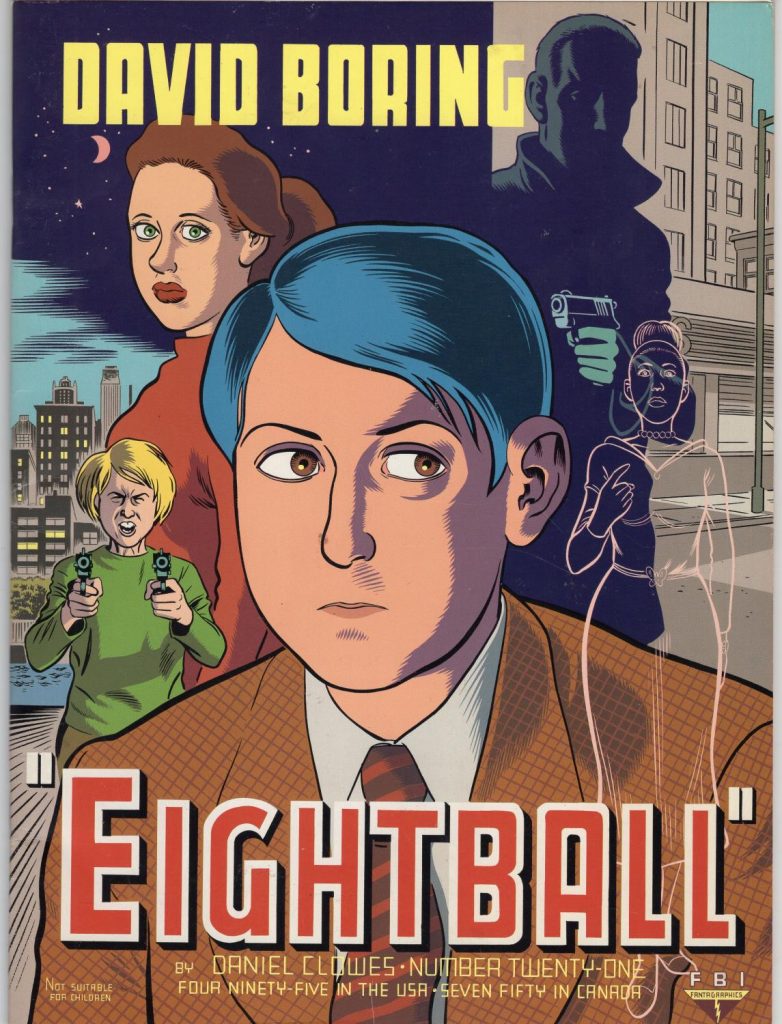
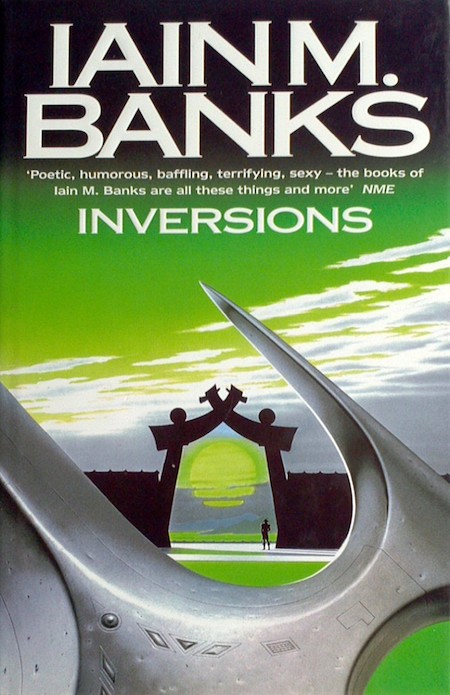
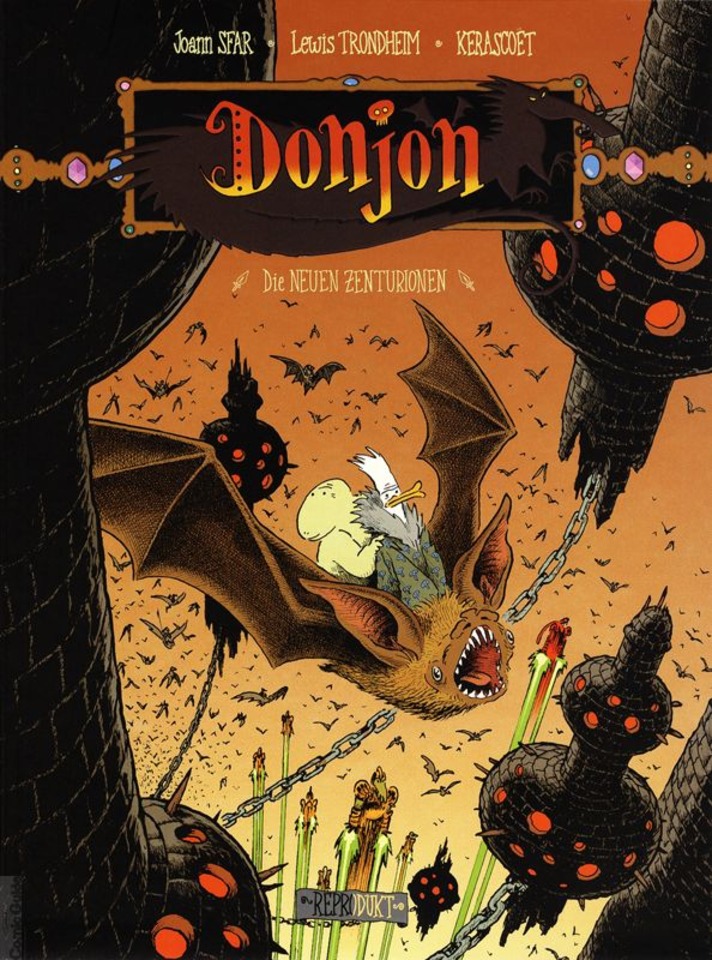
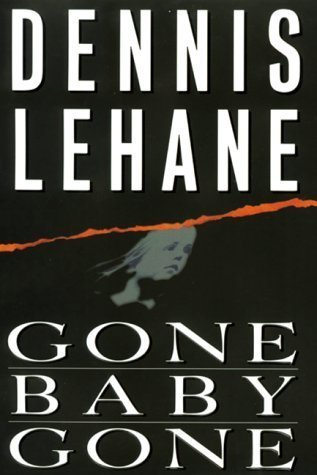

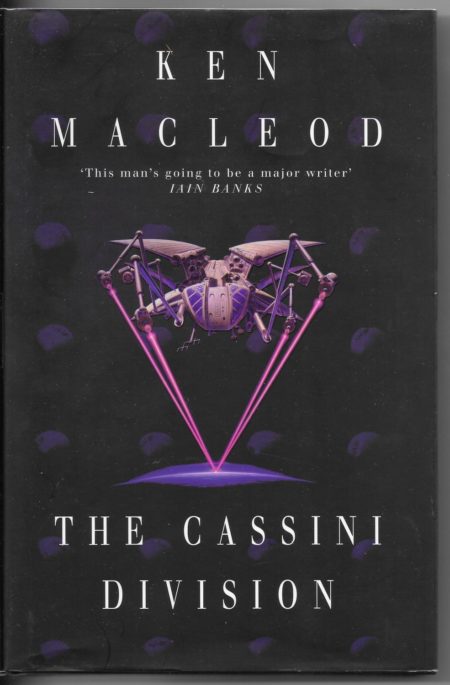
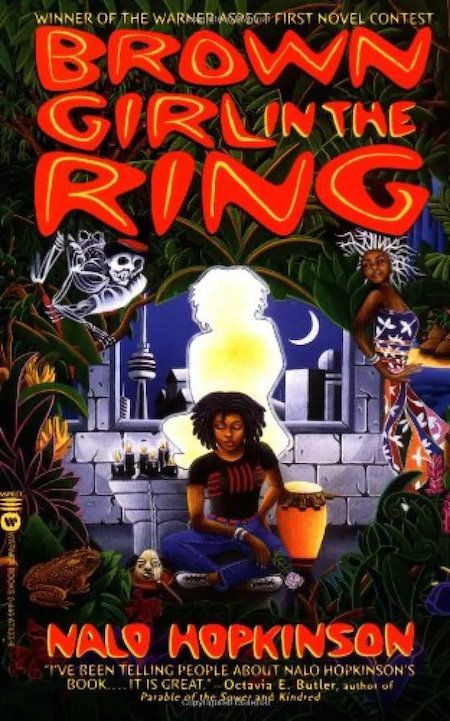
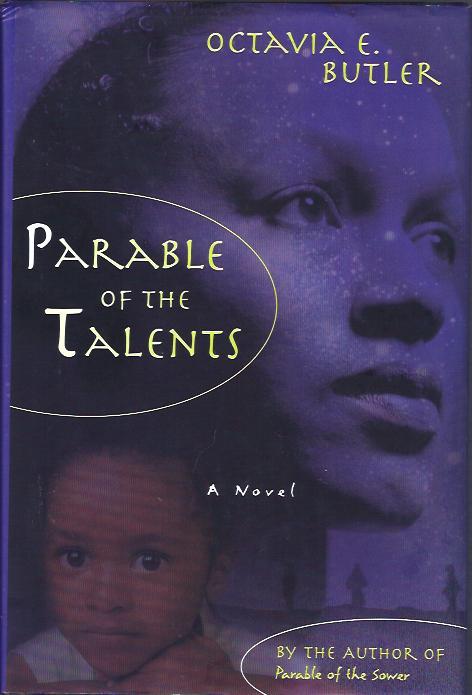
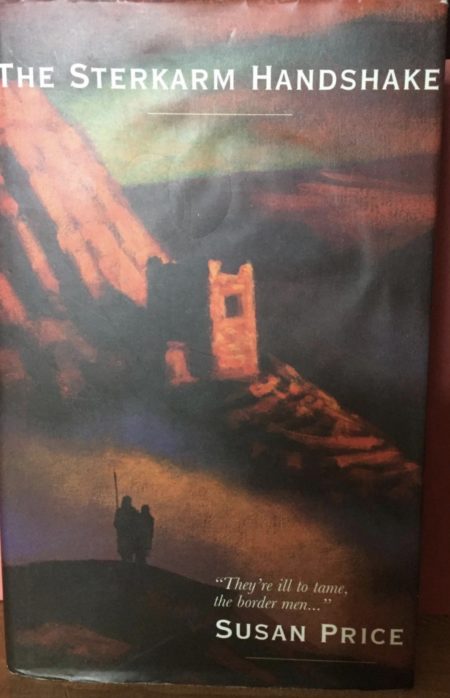
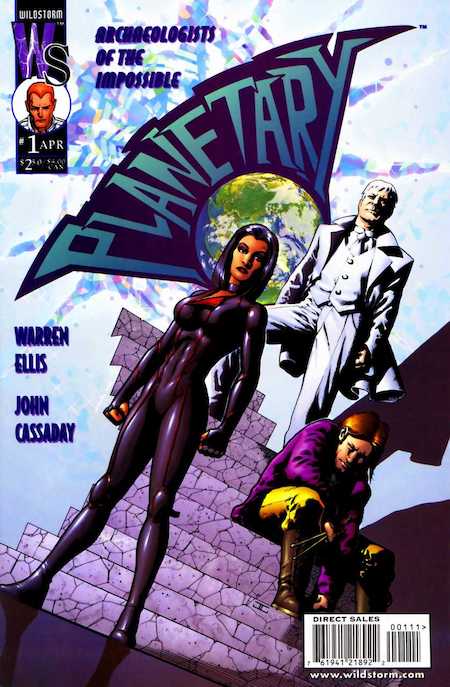
JOSH GLENN’S *BEST ADVENTURES* LISTS: BEST 250 ADVENTURES OF THE 20TH CENTURY | 100 BEST OUGHTS ADVENTURES | 100 BEST RADIUM AGE (PROTO-)SCI-FI ADVENTURES | 100 BEST TEENS ADVENTURES | 100 BEST TWENTIES ADVENTURES | 100 BEST THIRTIES ADVENTURES | 75 BEST GOLDEN AGE SCI-FI ADVENTURES | 100 BEST FORTIES ADVENTURES | 100 BEST FIFTIES ADVENTURES | 100 BEST SIXTIES ADVENTURES | 75 BEST NEW WAVE SCI FI ADVENTURES | 100 BEST SEVENTIES ADVENTURES | 100 BEST EIGHTIES ADVENTURES | 75 BEST DIAMOND AGE SCI-FI ADVENTURES | 100 BEST NINETIES ADVENTURES | 75 BEST HADRON AGE SCI-FI ADVENTURES | NOTES ON 21st-CENTURY ADVENTURES.
